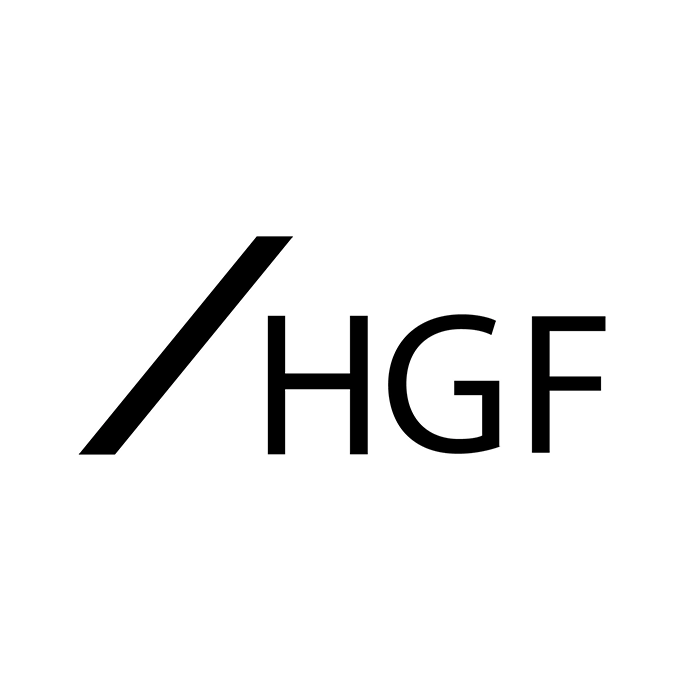Healthcare Scanner
Searching for the distinctive
June 2021
How to streamline the trade mark selection process by conducting effective, in-house ‘dirty searches’.
Selecting the right trade mark for your new healthcare product is a critically important task. Consumers will identify your product by the trade mark, and so your product’s trustworthiness and reputation will always be intertwined with the trade mark. For that reason, the trade mark represents the investment that has been made in bringing the product to market, and together with other IP rights, the trade mark plays a crucial role in protecting that investment. With so much at stake it is unsurprising that trade mark selection can be a challenging and time consuming project; but there are ways in which it can be streamlined.
Start with a long list
A number of demands need to be balanced during the selection process. For example, there may be pressure to select or devise a trade mark which at least alludes to the nature of the product, but there will be equal pressure to ensure that the trade mark is sufficiently distinctive so as to be protectable. Those competing forces will almost always result in a long list of potential trade marks. It is common for the opinion of your team members to be split as to which trade mark(s) they favour and this inevitably leads to fragmented focus.
Clearance searches
Ideally, the number of full clearance searches should be kept to a minimum in order to limit costs. Clearance searches should only be conducted for trade marks that have already been through as much in-house ‘screening’ as possible. This kind of screening is often referred to as conducting ‘dirty searches’ and the purpose is to eliminate as many potential marks as possible from consideration. It may sound counterintuitive to be taking steps to discount potential trade marks, but whittling down the list in this manner will ensure that you do not waste time investing in marks that you cannot use.
Dirty searches
The following sets out suggestions for the kinds of in-house (‘dirty’) searches that can be undertaken in order to eliminate a mark from consideration. However, there may be additional or alternative searches that are relevant to your specific commercial sector, or even to a specific project.
- Conduct general internet searches (Google/Safari etc). Search for the proposed word plus a key descriptive term to identify the industry and field of use. Remember to search for phonetic equivalents and common misspellings of the proposed word. It is important to check through several pages of the results, rather than just the first couple of pages.
Once you have the results, ask yourself the following questions:
-
- Is the potential trade mark (or a phonetic equivalent) already being used by a third party?
- Does that third party operate in your commercial sector?
- Where is the third party use? Is it in a country which is of interest to you?
- Is the word used as a trade mark?
- Is the word used to describe the product?
- Is the potential mark used as a generic term to refer to the product or the type of product that you offer?
If the answer to any of these questions is ‘yes’, it is more than likely that the potential trade mark can be discounted from consideration. If you are not sure about the results, please contact your attorney and ask for advice.
- Conduct searches of the relevant national trade mark registers. Some (but not all) national intellectual property offices provide public access to their trade mark register. Please be mindful that the search engines provided by the national offices are very basic and it is unlikely that your search will automatically identify phonetic equivalents or misspellings etc.
You will need to know into which ‘class’ your goods or services fall in order to conduct these searches. If you need to identify the relevant classes you can consult the Nice Classification Guide which can be accessed at www.wipo.int/classifications/nice/en/.
The questions to ask are:
-
- Is the identical trade mark already registered by a third party (or is the identical mark the subject of an application)? Is it registered (or to be registered) for goods that are identical or similar to your new product? Could the goods or services from both parties be offered to the same consumer?
- Is a similar trade mark already registered by a third party? Is it registered for goods that are identical or similar to your new product? Could the goods or services from both parties be offered to the same consumer?
Again if the answer to any of these questions is ‘yes’, it is more than likely that the potential trade mark can be discounted from consideration and if you are not sure about the results, please contact your attorney and ask for advice.
Similar?
Discounting a potential mark from consideration where there is an identical trade mark already in use or on a register may be frustrating, but is at least straightforward. What if the earlier trade mark is similar rather than identical to the proposed mark? How similar do the marks need to be to indicate a potential problem?
This is rarely a straightforward assessment for a number reasons, not least of which is that ‘similarity’ is a subjective matter. There is also a distinction between marks that are ‘commercially similar’ and those that are ‘legally similar’ – in other words the court’s approach to the assessment of similarity is based upon precedents established by earlier cases. Another factor to be aware of is your own expertise; you may be so familiar with your commercial sector or technology that you perceive differences between your product and those of your competitors that are irrelevant for trade mark purposes.
However, for the purpose of conducting preliminary dirty searches it may be useful to mentally exchange places with the owners of the similar trade mark that you have identified. If you were in their position and a third party entered the market using the proposed trade mark, how concerned would you be? Would you feel that the trade marks were too similar to one another? Would you feel concerned that consumers may not be able to tell the difference between the parties’ products? Would you feel threatened? If your conclusion is that you would be concerned, that is probably sufficient to discount the potential trade mark.
3 Step process
Conducting dirty searches is the first step of the clearance process, but it is an important step to reduce the list of potential trade marks to a manageable number. Once those initial searches have been conducted, you should ask your attorney for advice concerning the registrability of the remaining potential marks and it is likely that this will reduce that number further. You should be left with just one or two marks for which your attorney will provide you with a strategy for the full clearance searches.
This article was prepared by HGF Partner Rigel Moss McGrath and Senior Trade Mark Attorney Caroline Pigott.































